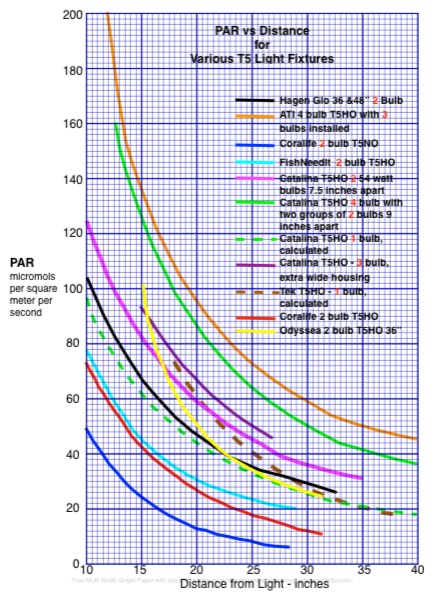Bettafanatic
Aquarium Advice Addict
I've had a serious algae outbreak in my new 38 gallon planted tank. Hair algae, brown and green, all over, including on the plants' leaves so I'm afraid eventually the algae will suffocate them. I have some trapdoor snails in there but they're not keeping up with the algae growth very well and they're not producing enough ammonia to cycle the tank.
I was thinking that if I get a bristlenose pleco it could help with algae cleanup and I can use it to cycle the tank. My question is will bristlenose plecos eat my plants? And will it help take care of my algae problem?
Additional Info:
38 gallon tank
Two T5HO bulbs 39W each
Eco Complete substrate
Pressurized CO2 supplementation (although the cylinder's empty gotta refill it)
Plants:
-Amazon swords
-Dwarf anubias
-Cryptocoryne undulata and wendtii
-Java fern
-And planning on getting java moss
The tank is currently cycling and nitrites had just begun to rise but I had it drop to zero for the snails. However the snails aren't producing enough ammonia to cycle the tank. I'd use the pleco to cycle too.
I was thinking that if I get a bristlenose pleco it could help with algae cleanup and I can use it to cycle the tank. My question is will bristlenose plecos eat my plants? And will it help take care of my algae problem?
Additional Info:
38 gallon tank
Two T5HO bulbs 39W each
Eco Complete substrate
Pressurized CO2 supplementation (although the cylinder's empty gotta refill it)
Plants:
-Amazon swords
-Dwarf anubias
-Cryptocoryne undulata and wendtii
-Java fern
-And planning on getting java moss
The tank is currently cycling and nitrites had just begun to rise but I had it drop to zero for the snails. However the snails aren't producing enough ammonia to cycle the tank. I'd use the pleco to cycle too.

